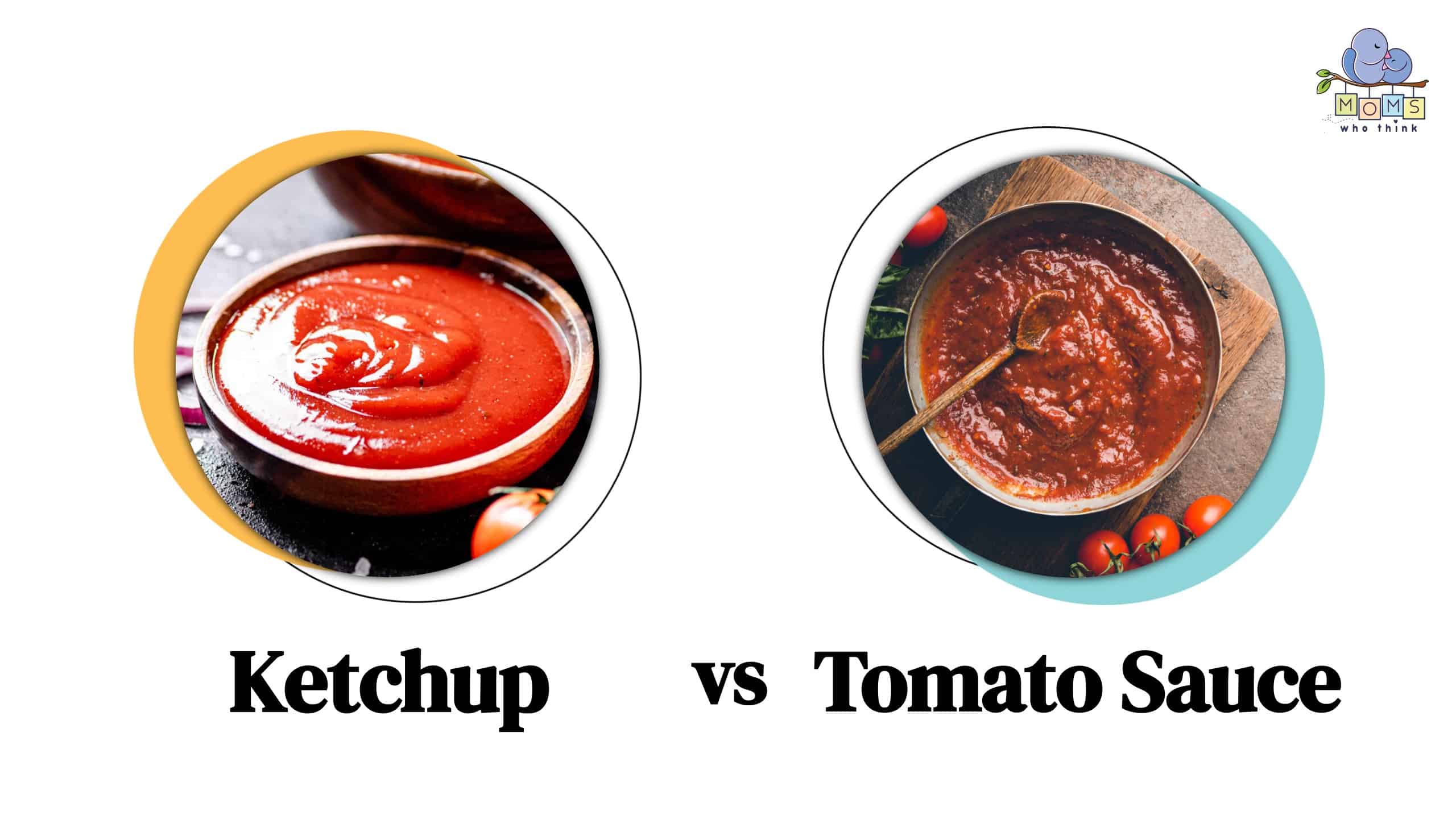Key Differences Between Sauce and Ketchup

While both sauce and ketchup are types of condiments used to enhance the flavor of dishes, there are several key differences between the two:
-
Ingredients:
- Sauce: The term "sauce" is broad and encompasses a wide variety of condiments made from various ingredients such as fruits, vegetables, herbs, spices, oils, and dairy products. Sauces can range from savory to sweet and may include ingredients like tomatoes, cream, vinegar, soy sauce, and more.
- Ketchup: Ketchup is a specific type of sauce made primarily from tomatoes, vinegar, sugar, salt, and spices. While some variations of ketchup may include additional ingredients like onions or garlic, the primary flavor profile of ketchup is sweet and tangy, with a tomato base.
-
Flavor Profile:
- Sauce: Sauces can have a wide range of flavor profiles depending on their ingredients and culinary traditions. They can be savory, sweet, spicy, tangy, or a combination of these flavors.
- Ketchup: Ketchup has a distinct sweet and tangy flavor profile due to its tomato base, vinegar, and sugar content. While some variations of ketchup may have additional spices for flavor, the overall taste of ketchup is characteristic of its tomato-based composition.
-
Versatility:
- Sauce: Sauces are highly versatile and can be used in a variety of culinary applications, including as a condiment, marinade, dressing, dipping sauce, or flavoring agent for dishes ranging from meats and vegetables to pasta and seafood.
- Ketchup: While ketchup is also versatile and commonly used as a condiment for foods like burgers, hot dogs, and fries, its application is more limited compared to sauces due to its specific flavor profile. Ketchup is primarily associated with American and Western cuisines and is less commonly used in other culinary traditions.
-
Consistency:
- Sauce: Sauces can vary widely in consistency, ranging from thin and liquid-like to thick and creamy, depending on their ingredients and intended use.
- Ketchup: Ketchup typically has a relatively thick and smooth consistency, similar to a puree or paste. It is pourable but has enough viscosity to adhere to foods without dripping excessively.
-
Cultural Significance:
- Sauce: Sauces play a significant role in culinary traditions around the world and are an integral part of many cuisines, contributing to the flavor, texture, and presentation of dishes.
- Ketchup: While ketchup is widely consumed and enjoyed in many countries, it is particularly popular in American cuisine and is often associated with classic American dishes like burgers, fries, and meatloaf.
In summary, while both sauce and ketchup are types of condiments used to enhance the flavor of foods, they differ in their ingredients, flavor profiles, versatility, consistency, and cultural significance. While sauce is a broader category encompassing a variety of condiments, ketchup is a specific type of sauce with a sweet and tangy flavor profile primarily made from tomatoes.
Thank you,
